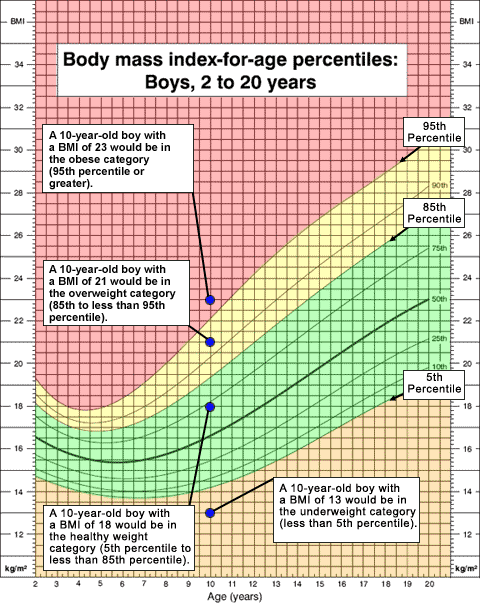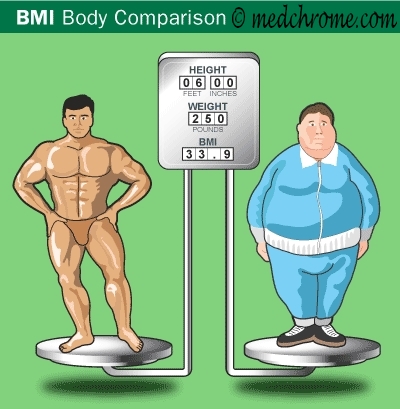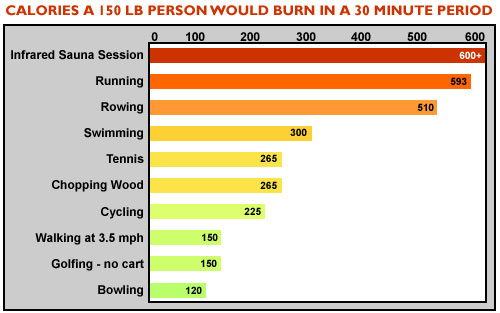BMI : Introduction, Reference table, Advantages and Disadvantages

The Body Mass Index (BMI) is calculated by putting your body’s height and you weight into relation and is commonly accepted as a better method in comparison to the formulae which were used previously:

- The Normal Weight Formula: Body height minus 100
- The Ideal Weight Formula: Normal weight multiplied by 0.9 for male adults, times 0.9 once more for femal adults
The Body Mass Index is calculated by dividing the body weight in kilograms by the body height squared in meters.
Formula:
BMI = Weight or mass(kg) / [Height (m) x Height (m)]
According to the WHO, the result is categorised into these sections:
| BMI range – kg/m2 | Category |
|---|---|
| below 16 | Severely underweight |
| 16-18.5 | Underweight |
| 18.5-20 | You are in brilliant shape (Normal) |
| 25-30 | Overweight |
| 30-35 | Unhealthy obesity (Obese class I) |
| 35-40 | Extremly unhealthy obesity (Obese class II) |
| above 40 | Unhealthiest obesity (Obese class III) |
Advantages
- Simple, quick, effective and applies to adult men and women, as well as children
- A useful tool for quickly assessing weight classification.
- More accurate at approximating degree of body fatness than weight alone.
Disadvantages
- Because it is not a measure of body fatness, very muscular individuals often fall into the overweight category when they are not overly fat.
- BMI may place individuals who have lost muscle into the healthy weight category.
- Measuring BMI for very short people or pregnant women is not appropriate. It is believed that excessive abdominal fat is more health threatening than hip or thigh fat.





3 Comments
great!
who d u think u r lad
MBBS, MD, DM = 12 years certified in medicine
Comments are closed.